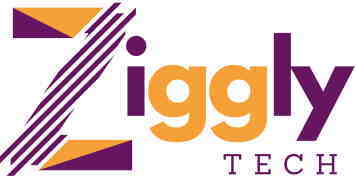Teaching in the 21st century requires the integration of technology into the curriculum. Technology has drastically changed the way students learn. And teachers must be equipped to effectively incorporate technology into the classroom. From interactive whiteboards to online learning platforms. Technology can be used to enhance student engagement. And, provide a variety of learning styles, and increase collaboration. It is as vital as tonybet.com in this century.
Interactive whiteboards are an effective tool for teachers to use to engage students in their lessons. These whiteboards allow teachers to display presentations, videos, and other multimedia resources. That help to keep students engaged and interested in the lesson. Interactive whiteboards also offer opportunities for collaboration. As students can work together in groups to brainstorm ideas or answer questions.
Online learning platforms, such as Google Classroom and Edmods. These are effective tools for teachers to use to support learning in the classroom. Online learning platforms help to streamline communication between students and teachers. And allow students to access materials and resources at any time. Students can also collaborate with peers and communicate their ideas in a safe, online environment.
Finally, technology can be used to create virtual field trips and simulations. Virtual field trips allow students to explore places they may not be able to visit in person. While simulations can be used to help students understand complex concepts. Virtual reality headsets can also be used to create immersive learning experiences. Incorporating technology into the classroom is essential for teachers in today’s world. Technology allows teachers to provide students with a variety of learning styles and experiences. And can help to increase engagement and collaboration.
With the right tools and strategies, teachers can successfully use technology to enhance the classroom learning experience. For example:
- LMS (Learning Management System)
A LMS is a web-based platform. That allows teachers to create digital classrooms, assign and track assignments. And, monitor student progress, and communicate with students. Examples include Blackboard, Canvas, and Moodle.
- Online Collaboration Tools
Online collaboration tools such as Zoom, Google Hangouts, and Skype. All can be used to fvirtual classrooms. And, hold virtual office hours. And help group projects among students.
- Digital Presentation Tools
Digital presentation tools such as PowerPoint, Prezi, and Google Slides can be used to create engaging presentations for students.
- Online Grading Systems
Online grading systems such as Schoology and Gradebook allow teachers to quickly and easily grade assignments, and provide feedback to students online.
- Educational Games and Simulations
Educational games and simulations such as Kahoot, Quizlet, and Minecraft Education Edition can be used to engage students in learning and reinforce concepts.
- Online Video Platforms
Online video platforms such as YouTube, Khan Academy, and edX can be used to supplement classroom instruction by providing students with additional educational videos.
- Social Media Platforms
Social media platforms such as Twitter, Instagram, and Facebook. Can be used to share educational resources. Also, promote school events, and build relationships with students.
- Augmented and Virtual Reality
Augmented and virtual reality tools such as Google Expeditions, Oculus VR, and Microsoft HoloLens. All can be used to provide students with immersive and interactive learning experiences.
- 3D Printing
3D printing can be used to bring concepts to life by creating 3D models that students can explore and manipulate.
- Coding and Robotics
Coding and robotics tools such as Scratch, Arduino, and Lego Mindstorms. All can be used to teach students coding skills and other STEM concepts.

0 comments